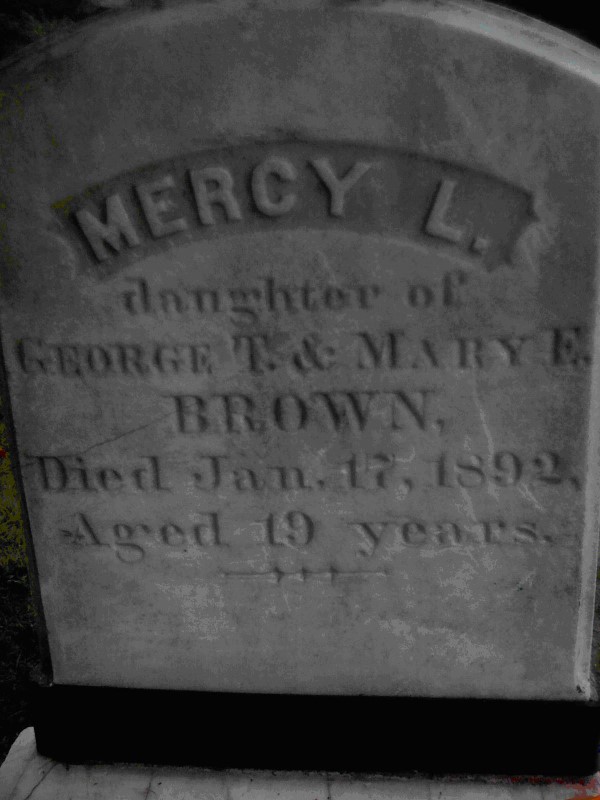
Mercy Brown was a young woman who died of tuberculosis in 1892, but her story did not end there. She became the center of a bizarre and gruesome vampire panic that gripped a small town in Rhode Island, Let me tell you the details of this fascinating and horrifying incident, which is one of the best documented cases of the exhumation of a corpse in order to perform rituals to banish an undead manifestation.
Mercy Brown was born in 1872 in Exeter, Rhode Island, a rural farming community that was plagued by tuberculosis, then known as consumption. The disease was a leading cause of death at the time, and it had no cure or reliable treatment. It caused its victims to waste away, coughing up blood and phlegm, until they died.
Mercy’s mother, Mary Eliza, was the first to succumb to the disease in 1884. Two years later, her older sister, Mary Olive, also died of consumption. Mercy and her brother Edwin survived, but in 1891, they both contracted the disease as well. Edwin moved to Colorado Springs, hoping that the better climate would help him recover, but he returned to Exeter in 1892 in a worse condition. Mercy died in January 1892, at the age of 19.
But Mercy’s death was not the end of her story. In fact, it was only the beginning of a strange and terrifying saga that involved superstition, folklore, and fear. Some people in Exeter believed that one of the dead family members was a vampire, and that they were draining the life force from Edwin and other living relatives. This was a common belief in New England at the time, where several cases of exhuming corpses to perform anti-vampire rituals had occurred.
George Brown, Mercy’s father, was skeptical of this theory, but he was persuaded by his neighbors and friends to allow the exhumation of his wife and daughters’ bodies. On March 17, 1892, a group of villagers, a local doctor, and a newspaper reporter dug up the graves of Mary Eliza, Mary Olive, and Mercy Brown.
They found that Mary Eliza and Mary Olive had decomposed normally, but Mercy’s body was remarkably well-preserved. Her skin was still fresh, her hair and nails had grown, and her heart still contained blood. This was taken as a sign that she was undead and the cause of Edwin’s illness. However, there was a more likely explanation for her condition: she had been buried in an above-ground crypt during the winter months, which acted like a freezer and prevented her body from decaying.
But the superstitious villagers did not accept this rational explanation. They decided to perform a ritual to destroy Mercy’s supposed vampirism. They cut out her heart and liver, burned them on a nearby rock, and mixed the ashes with water to create a tonic. They then gave this tonic to Edwin to drink, hoping that it would cure him of his consumption.
It did not work. Edwin died two months later, on May 2nd. Mercy’s remains were reburied in the Baptist cemetery in Exeter, where her gravestone still stands today. Her story became famous across the country and beyond, inspiring several books and stories based on her case.
The Mercy Brown vampire incident is one of the most fascinating and disturbing examples of how fear and ignorance can lead people to do irrational and cruel things. It also shows how folklore and superstition can persist even in modern times. Mercy Brown was not a vampire; she was a victim of a terrible disease and a tragic misunderstanding.
References:
